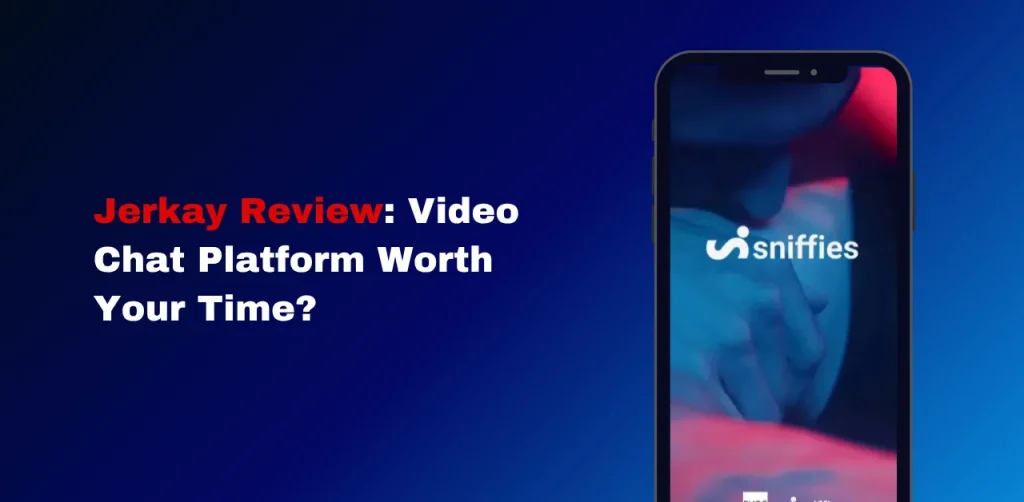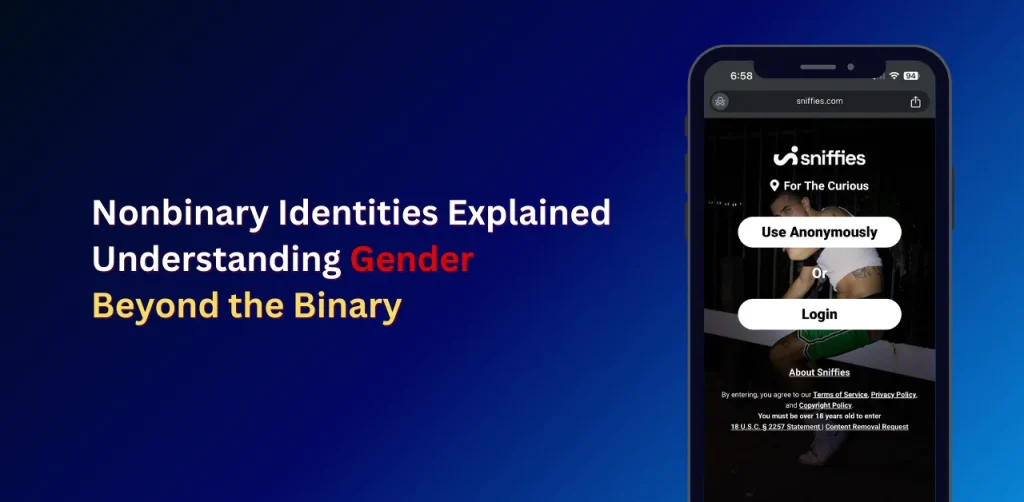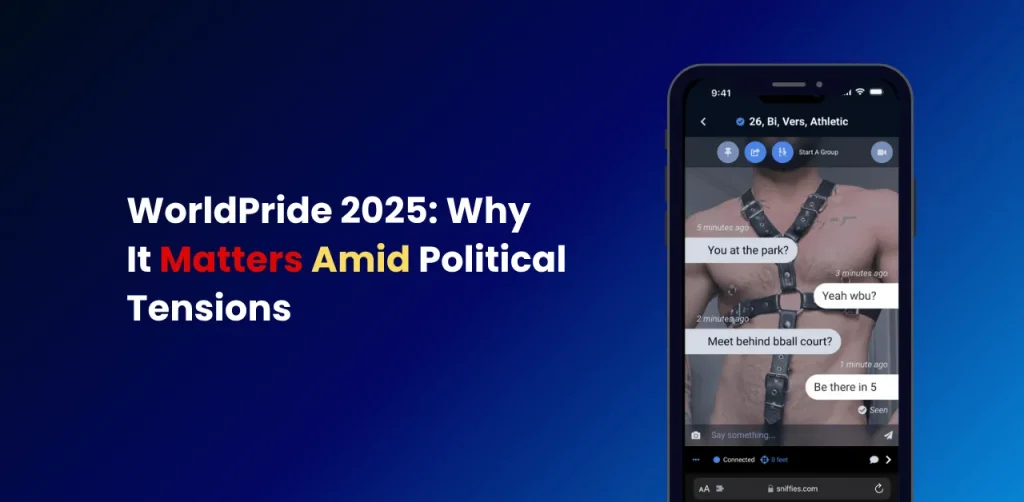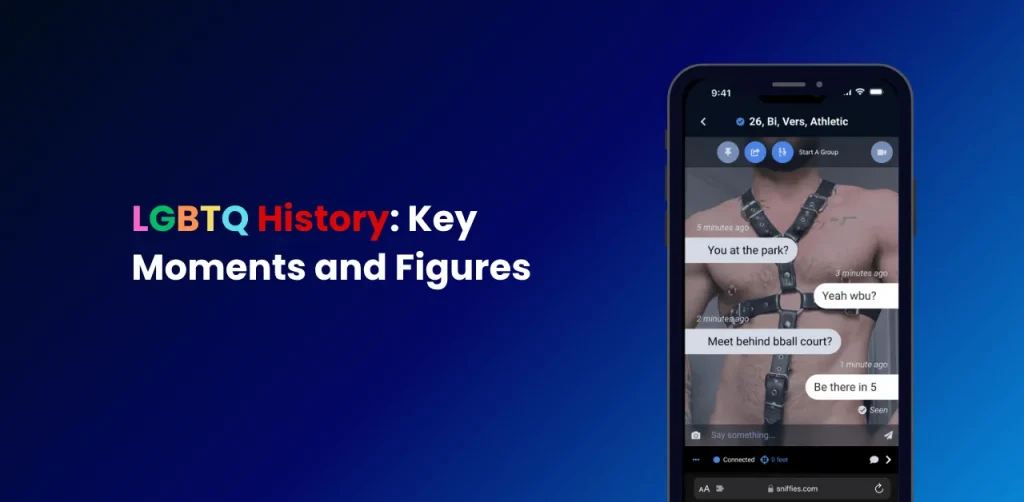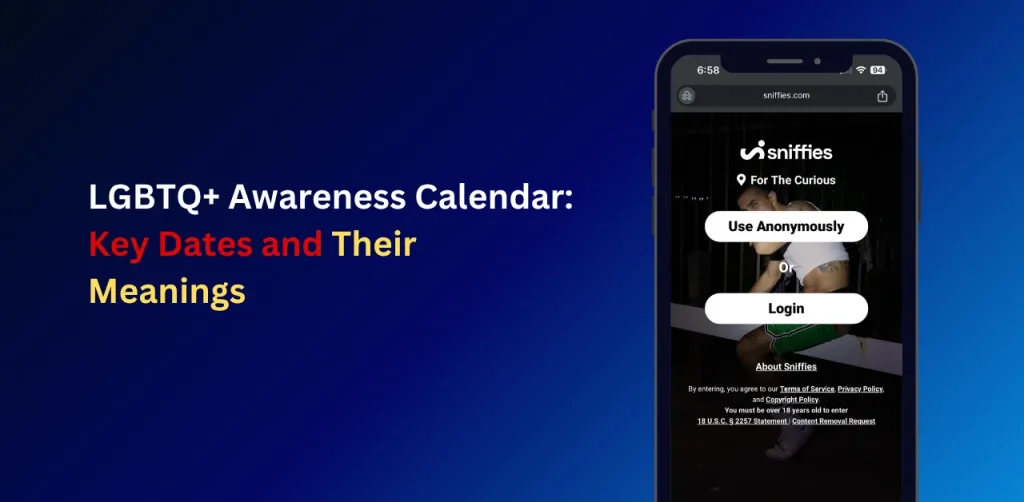LGBTQ+ Allyship: How to Be a True Ally
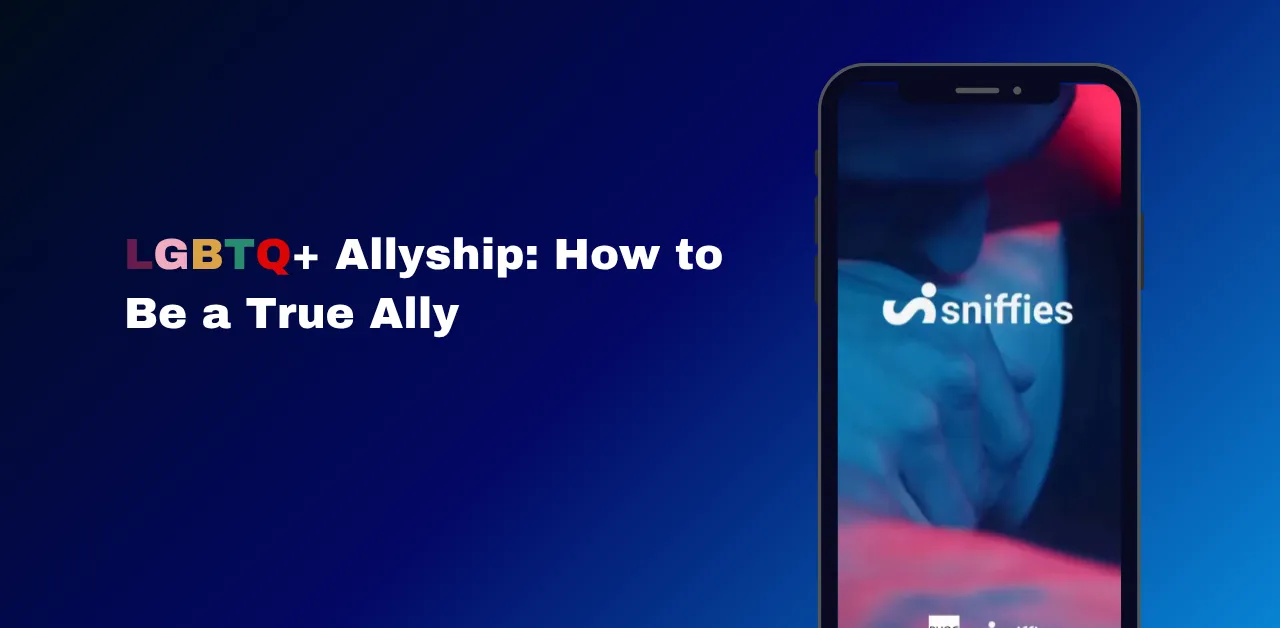
Based on analyzing top-ranking pages for LGBTQ Allyship, this content addresses informational intent, focusing on education and practical steps for individuals seeking to support the LGBTQ+ community. Unlike other resources, this guide emphasizes year-round allyship, intersectionality, and actionable strategies to avoid common pitfalls like performative allyship. Let’s dive into how you can make a meaningful impact.
Why LGBTQ Allyship Matters
LGBTQ+ individuals face unique challenges, including discrimination, mental health disparities, and legal barriers. For example, a 2024 survey by The Trevor Project found that 39% of LGBTQ+ youth seriously considered suicide in the past year, with higher rates among transgender and nonbinary youth. Allyship can help reduce these disparities by fostering inclusive environments and challenging harmful biases.
Allies play a critical role in:
- Amplifying Voices: Elevating LGBTQ+ perspectives without overshadowing them.
- Challenging Discrimination: Addressing homophobia, transphobia, and other biases in everyday settings.
- Creating Safe Spaces: Ensuring workplaces, schools, and communities are welcoming for all.
By committing to allyship, you contribute to a world where everyone can live authentically without fear.
How to Be an Effective LGBTQ+ Ally
Educate Yourself Continuously
Self-education is the foundation of allyship. Don’t rely on LGBTQ+ individuals to teach you—take responsibility for learning about their experiences, histories, and challenges. Start with these steps:
- Read Reputable Sources: Explore organizations like The Trevor Project for data on LGBTQ+ youth mental health or GLAAD for insights on media representation.
- Follow LGBTQ+ Voices: Engage with activists and creators on platforms like X to stay updated on current issues.
- Understand Terminology: Terms like “cisgender,” “nonbinary,” or “queer” evolve. Stay informed about respectful language to avoid unintentional harm. For example, “queer” is often reclaimed as an inclusive term, but not everyone is comfortable with it.
Pro Tip: Check out this article on understanding queer identities for a deeper dive into terminology and its significance.
Listen and Amplify, Don’t Center Yourself
Effective allyship means listening to LGBTQ+ individuals without making their experiences about you. Avoid “savior” behavior, where you assume you know what’s best for the community. Instead:
- Practice Active Listening: If someone shares their story, listen without judgment or interruption.
- Amplify Marginalized Voices: Share posts, articles, or campaigns from LGBTQ+ creators, especially those from intersectional backgrounds (e.g., Black, Indigenous, or disabled queer individuals).
- Avoid Performative Allyship: Posting a rainbow flag during Pride Month is great, but allyship must extend beyond symbolic gestures. Support year-round by advocating for policy changes or donating to organizations like PFLAG.
Example: When a colleague comes out, don’t share their story without permission. Instead, ask how you can support them and respect their privacy.
Use Your Privilege to Advocate
Privilege—whether from being cisgender, heterosexual, or otherwise advantaged—can be a powerful tool for allyship. Use it to challenge systems that harm LGBTQ+ people:
- Call Out Bias: If you hear homophobic or transphobic remarks, address them calmly but firmly. For example, say, “That comment stereotypes people and isn’t fair. Let’s keep this respectful.”
- Support Inclusive Policies: Advocate for gender-neutral bathrooms, pronoun usage in workplaces, or inclusive curricula in schools. Research shows school inclusivity reduces suicide risk among LGBTQ+ youth.
- Vote for Change: Support candidates and policies that protect LGBTQ+ rights, like those tracked by the Human Rights Campaign.
Pro Tip: Learn more about creating inclusive spaces with this guide on fostering queer-friendly environments.
Respect Pronouns and Identities
Using correct pronouns and names is a simple yet powerful way to show respect. Here’s how to get it right:
- Share Your Pronouns: Including pronouns in your email signature or social media bio normalizes the practice and signals safety. For example, “Hi, I’m Alex (they/them).”
- Ask Respectfully: If unsure, ask, “What pronouns do you use?” rather than assuming.
- Correct Mistakes Graciously: If you misgender someone, apologize briefly and move on. For example, “Sorry, I meant they. Thanks for the reminder.”
Example: In a workplace, adding pronouns to name tags during meetings can make everyone feel included without singling anyone out.
Support Intersectional Allyship
LGBTQ+ identities intersect with race, disability, class, and other factors, creating unique challenges. For example, Black LGBTQ+ youth face higher rates of discrimination than their White peers. To be an effective ally:
- Learn About Intersectionality: Understand how systemic racism, ableism, or economic inequality compounds challenges for LGBTQ+ individuals.
- Support Diverse Voices: Engage with organizations like the Transgender Law Center, which focuses on racial justice alongside trans advocacy.
- Challenge All Forms of Bias: Address racism, sexism, or other prejudices alongside homophobia or transphobia.
Pro Tip: Explore this article on intersectionality in the queer community for practical ways to support diverse identities.
Common Mistakes to Avoid
Even well-meaning allies can make mistakes. Here are pitfalls to watch out for:
- Assuming Everyone’s Out: Never out someone without their consent. Coming out is a personal decision, and sharing it can have serious consequences.
- Overusing Labels: Don’t label someone’s identity unless they’ve explicitly shared it. For example, avoid assuming someone is “gay” based on appearance.
- Centering Your Feelings: If corrected, don’t take it personally. Focus on learning and improving.
How to Stay Committed Year-Round
Allyship isn’t just for Pride Month—it’s a lifelong commitment. Here’s how to stay engaged:
- Join Local Efforts: Register your school’s Gender and Sexuality Alliance (GSA) with GLSEN to support inclusive education.
- Donate or Volunteer: Support organizations like The Trevor Project or local LGBTQ+ centers with time or funds.
- Stay Informed: Follow LGBTQ+ news on platforms like PinkNews or LGBTQ Nation to understand ongoing challenges.
- Reflect and Grow: Regularly assess your actions. Ask yourself, “Am I amplifying voices or seeking attention?” Adjust as needed.
Pro Tip: For more on sustaining allyship, read this guide on long-term LGBTQ+ advocacy.
How can I be an LGBTQ+ ally?
Listen, learn terms, and advocate for inclusion.
Why is allyship important for LGBTQ+ people?
It reduces discrimination and builds safe spaces.
What’s the best way to support queer youth?
Start GSAs and share mental health resources.
Why Allyship Matters
LGBTQ+ allyship creates belonging. It fights stigma and empowers communities. be an ally by learning, acting, and amplifying voices. Share your on X with #LGBTQAlly and explore queer youth advocacy. Let’s build a more inclusive world! 🌟
You can also read our article on LGBTQ+ Identification Trends and Nuances of LGBTQ+ Terminology to learn more.


